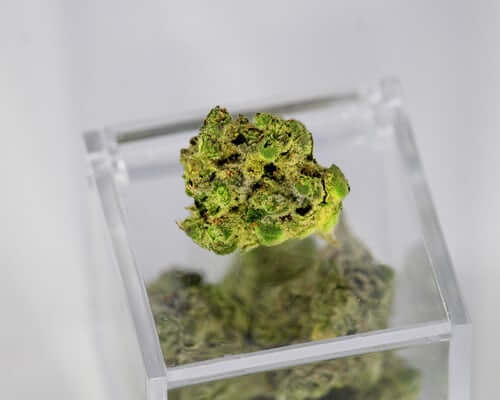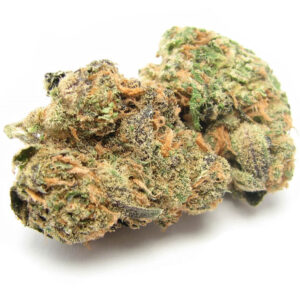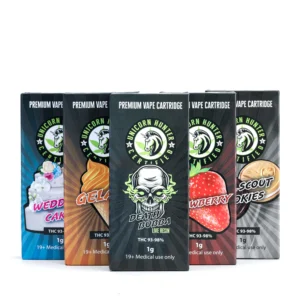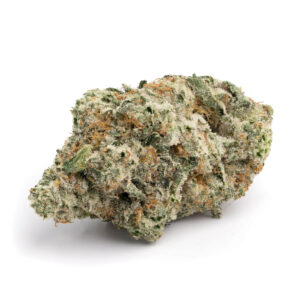The legalization of marijuana was an exciting moment in Canadian history. Many people who previously felt inhibited by the idea of breaking the law were given the freedom to access marijuana as they pleased.
Whether it’s the liberty of smoking a joint more openly or being able to buy marijuana online with comfort, it has brought some significant changes for Canadians.
One change people have noticed is the price – legal weed is undoubtedly more expensive than the under-the-table stuff. Why is that? Why should consumers go for legal marijuana, even though it’s a bit pricier? Here we’ll dig into why legal marijuana is a safer and healthier choice for cannabis consumers.
Legal Weed is Pricer Because of Taxes
The first extra cost that comes to mind is taxes. It always feels like a government grab, but the taxes that apply to legal weed actually make sense. There are several unique taxes that cannabis retailers have to pay, as well as the usual provincial tax rates.
- Excise Tax: also known as excise duty, this refers to the taxes paid by a cannabis producer when they wholesale their items to a distributor. It is a federal tax. Packagers must purchase excise stamps to apply to all products available for purchase by consumers. The stamps are proof that the distributor is government approved, and the weed was produced legally.
- Social Responsibility Tax: some provinces have added this tax to fund programs associated with the legalization of marijuana, such as public education for safety, health, and addictions. It is paid by the dispensaries in participating provinces at a rate of 6% of their total annual income to the provincial government.
- GST: this is a familiar one, as it is applicable in all provinces at a 5% rate. It is applied to all goods and services, with the exception of some items considered exempt or “zero-rated.” Usually, the zero-rated status includes prescription medication but is not applicable to medical marijuana. Dispensaries selling recreational and medicinal weed will apply a 5% GST rate to all of their products.
- PST: this is a varied tax rate from province to province, ranging from 0-10%. It is applied to all marijuana sales.
- Some provinces use HST as a combined general tax and therefore apply a flat rate of 15% to all items eligible for taxation, including cannabis.
As per agreement with the legalization of weed, 75% of taxes from marijuana sales stay in the province, with the remainder going to the federal coffers. While we all generally shout “boo!” to the taxman, remember that taxes fund all kinds of social structures we enjoy in this privileged country: education, roads, health care, and so on.
Additional Testing and Safety Requirements
Whether you buy marijuana online or in a store, if it’s legal it will have been tested. In order to bring premium bud to the shelves of dispensaries, producers must undergo tests to make sure their products are safe and of dependable consistency and quality.
One of the checks to ensure that commercial cannabis plants are safe for human consumption is mandatory testing for pesticides. Producers need to keep strict control and records of all pesticides used on their crops.
Unannounced surveys are commonplace to ensure specific rules are being followed. Contaminant levels for final products are only acceptable at minimal levels. Therefore, farmers need to work hard to keep their crops safe and healthy. It’s worth paying a little extra for bud so you know it is uncontaminated!
The bud itself isn’t all that gets tested. Edibles, tinctures, and oils are also measured for their THC contents. It’s highly important that these doses are labelled accurately, so products need to be tested frequently to ensure the information the consumer is receiving is correct.
It’s not a simple matter of scanning the products and getting a result – testing the chemical compounds of a product is much more involved. For example, one way to test the THC content of edibles is to flash freeze them and then grind them up with diatomaceous earth. Solvents can then be used to withdraw the THC to measure the contents – a highly involved and time-consuming process!
All these steps to ensure that legal marijuana is as safe as it can be for consumers contribute to the prices you see at dispensaries.
Current Regulations for Legal Cannabis
The pot you buy at the dispensaries doesn’t come from any old farmer. Every grower has to apply for and obtain licenses to grow commercial marijuana. Regulations have to be met every step of the way – production, packaging, labelling, distribution, storage, samples, and testing have to be in line with government guidelines.
All of these serve to protect the quality of the cannabis being grown and distributed to sell on the market.
Some examples of the standard operating procedure regulations include:
- Sanitation of the operating facilities and employee hygiene
- Proper methods of production and processing (i.e. harvesting, trimming, extractions for related products, etc.)
- Production of ingredients included in cannabis products
- Strict control and recording of treatment of plants (i.e. adding fertilizers, nutrients, or pesticides)
In addition to these general rules of production, details of the facilities are also taken into account and monitored. For example, Canadian government regulations state that producers must ensure that “oil that is used to lubricate equipment that comes into contact with cannabis or anything that will be used as an ingredient is food safe.”
The consumer is considered at every step of legal marijuana production. Purchasing legal weed assures you of a safe, high-quality product.
The Bottom Dollar on Expensive Legal Weed
Selling legal marijuana has proven to be a challenging game for the Canadian and provincial governments. Black market weed is definitely cheaper – and nothing speaks louder for consumers than the bottom dollar. As the government aims to make money from the legal marijuana market, their prices are driven higher.
It’s a fine balance between remaining competitive enough to quash the illegal black market and making a profitable business.
Yet the markup you pay when you legally buy marijuana online or at a dispensary is worth it. Your health and safety are a top priority for commercial cannabis consumers, and that is worth every cent.






